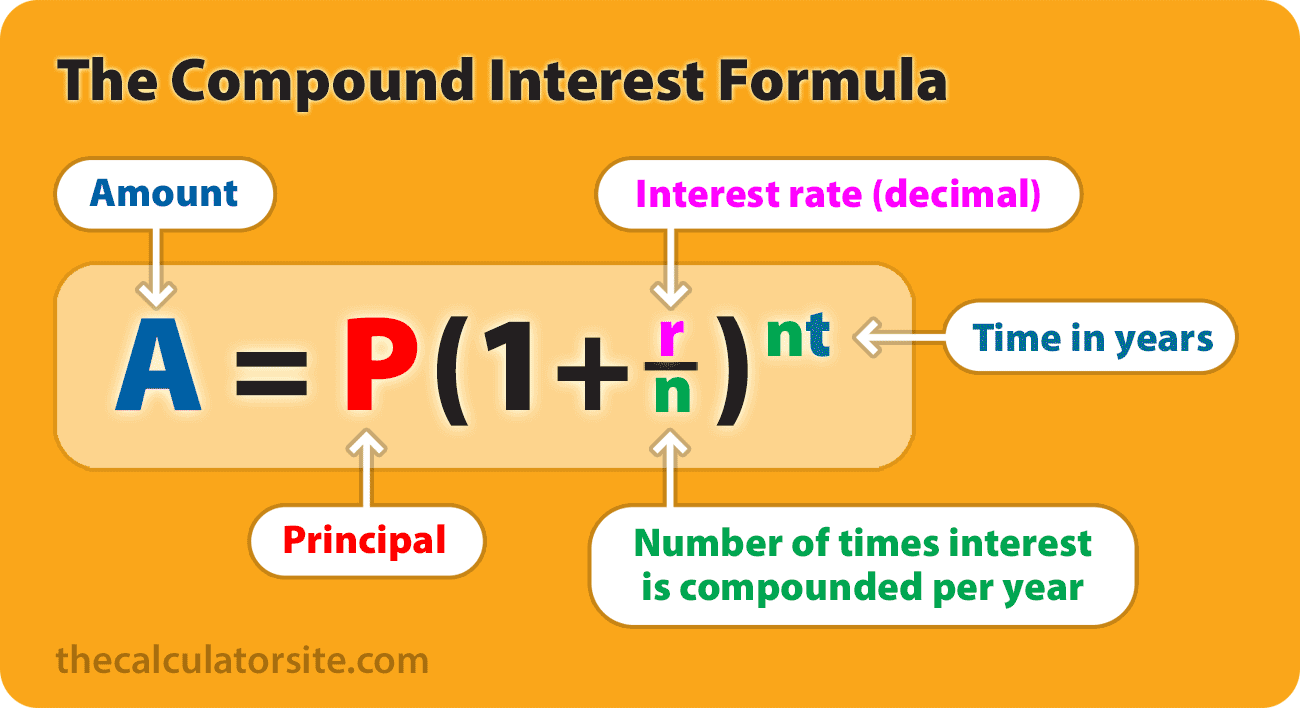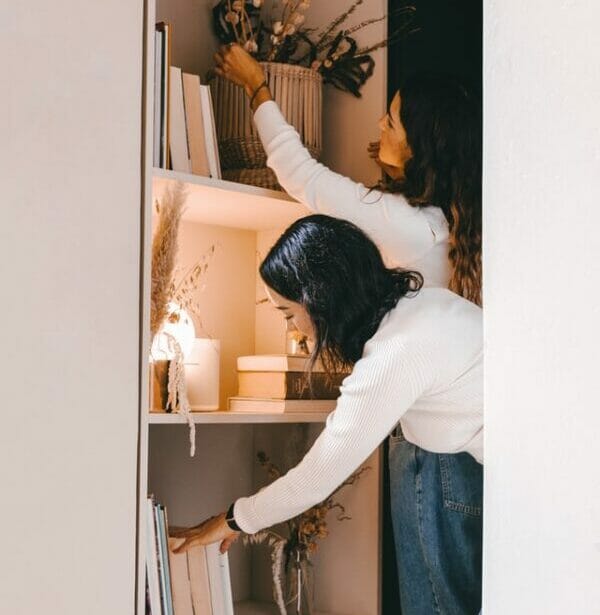You may have heard of Marie Kondo and her worldwide best-selling book The Life-Changing Magic of Tidying Up which has started a revolution of throwing stuff out to create more space for joy in your life. Owning fewer things really does create more time and space to live an intentional life. You don’t need to live like a Buddhist monk with zero belongings, but chances are you have way more things in your home than needed. If you are struggling with too much stuff, try out these 10 tips on how to minimize your home.
1. Reflect
Find the cause of your problem by reflecting on where the hoarding or shopping habit comes from. Start by asking yourself, “Why do I have so much shit, and do I need it?” Understanding yourself is arguably the most important step to minimizing your life. People often buy things just because they’re bored or to avoid other feelings. Here are healthier activities you can do for free if you’re just shopping to fill time.
2. Hack Your Habit
If you love shopping but want to minimize, try out the 1 In – 2 Out life hack. It’s quite simple; each time you want to buy something new, you just have to get rid of 2 items in place of it. For example, if you’ve added 1 cute sweater to your online cart, just pick out 2 sweaters from your closet to throw out or donate. (1-2= -1 so you’ll have way less stuff the more you shop) This is an amazing trick to consistently minimize your life while also allowing you to shop, but think of it as intentional shopping.
3. One-Year Reduce
The two guys famous for The Minimalists Documentary on Netflix recommend a 90 Day Rule. However, 90 days is too short for people who live in 4 seasons. That’s why we recommend the One-Year Rule which means you must throw out anything you haven’t used or touched in over a year. When you start reverting back to bad habits of, “I may need it though”, just remind yourself, “I haven’t even touched it in 365 days, so it’s probably not worth keeping.” Most importantly, throw the actual thing out, donate it, or list it for free online! Do not be tempted to convince yourself to keep it for longer, you’ll just end up not touching it for 10 years.
4. Use It All
This step is the most common sense which is why people often forget it. USE the consumables you have at home before buying more. You may be thinking, “Well duh!” However, are you guilting of hoarding toilet paper, have a pantry full of snacks, or a vanity filled with unused makeup? Often people buy more makeup because it’s trendy or hoard toilet paper because it’s on sale, but if it’s cluttering your space, it’s not worth it. Get into the habit of using up ALL of the items before buying more.
5. Get Real
Did you know that 89% of people don’t finish their to-do list? What we mean by “Get Real” is to be realistic with your time and stop idealizing all the projects that you’ll get done “someday.” Unfinished projects will pile up and create a mess in your home. If you’re not going to write in that planner today, don’t buy it. If you don’t have time to finish knitting that scarf by the end of this week, don’t go out and purchase more yarn. A great rule of thumb is 1 day for small tasks and 1 week for larger tasks. If you can’t schedule it in, it’s best that you never start it at all. You’ll save time and space.
What better way to declutter than to share unused supplies with friends. Are you hoarding craft supplies? Give it to a friend who has been wanting to learn that new hobby. It’s a win-win. They’ll feel grateful for getting free stuff, and you’ll feel great helping someone. Have you received gifts you don’t like? Give it to someone you know that would enjoy it. Rather than it sitting in a dark corner, someone else could find a use for it.
8. Stay Away from Sales
The point is to stop buying unnecessary things just because they are on sale. You can still shop discounts, but be more intentional. Ask yourself, “are you buying it because it’s a good deal, or do you actually need it?” A great trick is to decide if you would buy it even if it was full price. If you really struggle walking away from a sale, here is a life-changing realization that will help you. The money you saved on the discount could’ve been invested and made more money than you saved.
For example, if you spent $30 on a dress (originally $40 on sale for 25% off), you may think you’re saving $10. However, let’s say you never wore the dress because you were waiting for the right occasion. That’s a huge waste of $30. If you would’ve taken the $30 you spent on the dress and invested it, it could’ve doubled to $60 over the 7 years that you never even touched the dress.
- Here’s a break down if you’re interested:
- Buying the dress you haven’t worn in 7 years = $30 spent
- Investing the $30 for 7 years (10% interest) = $30 doubled to $60
- Note: here’s the compound interest formula – learn about it here

7. $1 = 1 Time Rule
If I lost you at the math equation, here’s a simple rule to follow. This is a great rule to check the quality of the items you are considering adding to your life. For each dollar that an item costs, will you get that many uses out of it? Here’s an example, if you want to buy a pair of designer heels for $300, will you wear them 300 times? In most cases, super fancy shoes are worn only a handful of times to special occasions, so this purchase would not be worth it. Let’s take a cheaper example, “will this $10 H&M T-shirt survive 10 washes or will it shrink and become more untouched clutter in your closet?” If it won’t last, just pass on it to keep your home junk-free.
9. Prevent
Alright, let’s get back to the basics – prevention. Try this simple trick; DO NOT use a shopping cart when you go to the store. A large shopping cart makes it convenient to buy more than you actually need. If you use a small basket or carry your items by hand, you’ll have to shop with the weight of the items you’re buying which means as it gets heavier, you’ll be tempted to put impulsive purchases back.
10. Move
This is a drastic step, but extremely effective if you want to do a complete clean sweep and minimize. Moving is a great way to fully account for all the shit you have while also get a perspective of how much stuff you’ve been hoarding. You’ll be so sick of carrying the weight of all of the clutter you’ve accumulated over the years that it will motivate you to let go of things.
The Most Important Step
Finally, the most important step is to take action and do it! You have 10 easy habits to adapt to your daily life, now it’s up to you to go forward with good intentions and change one little thing at a time. Don’t procrastinate decluttering. Bookmark this post so you can check back in on these tips. Read more life hacks here.


